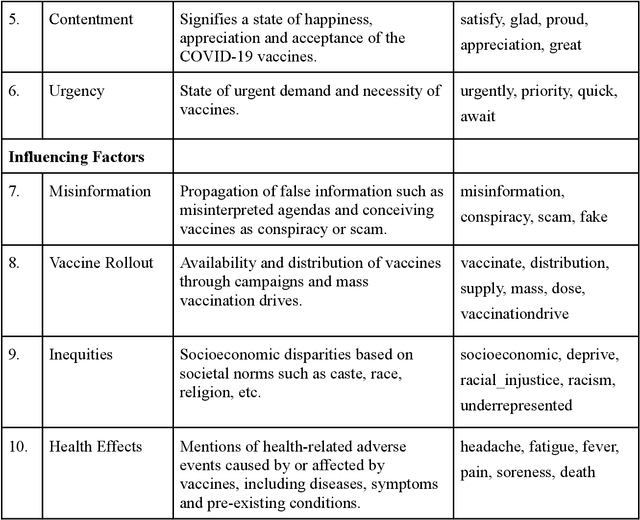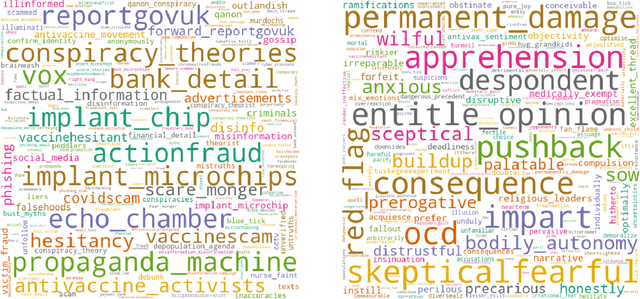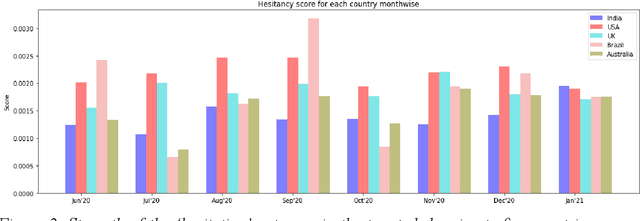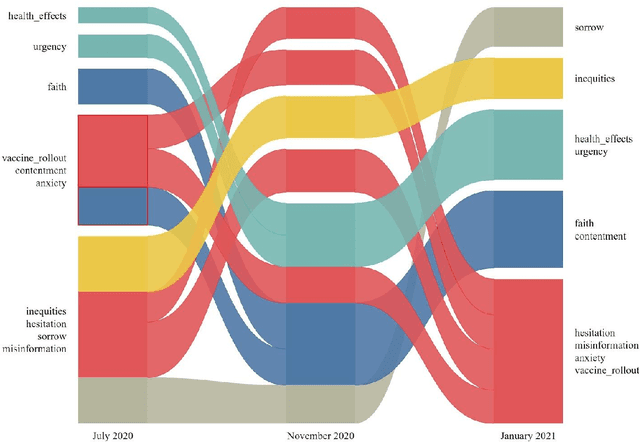Harshita Chopra
Feedback-Aware Monte Carlo Tree Search for Efficient Information Seeking in Goal-Oriented Conversations
Jan 25, 2025



Abstract:The ability to identify and acquire missing information is a critical component of effective decision making and problem solving. With the rise of conversational artificial intelligence (AI) systems, strategically formulating information-seeking questions becomes crucial and demands efficient methods to guide the search process. We introduce a novel approach to adaptive question-asking through a combination of Large Language Models (LLM) for generating questions that maximize information gain, Monte Carlo Tree Search (MCTS) for constructing and leveraging a decision tree across multiple samples, and a hierarchical feedback mechanism to learn from past interactions. We present two key innovations: (1) an adaptive MCTS algorithm that balances exploration and exploitation for efficient search over potential questions; and (2) a clustering-based feedback algorithm that leverages prior experience to guide future interactions. Each incoming sample is assigned to a cluster based on its semantic similarity with previously observed samples. Our UCT (Upper Confidence bound for Trees) formulation selects optimal questions by combining expected rewards, a function of information gain, with a cluster-specific bonus that decays with depth, to emphasize the importance of early-stage questions that have proven effective for narrowing the solution space in similar samples. Experiments across three domains, including medical diagnosis and troubleshooting, demonstrate that our method leads to an average of 12% improvement in success rates and a 10x reduction in the average number of LLM calls made per conversation for the search process, in comparison to the state of the art.
Delivery Optimized Discovery in Behavioral User Segmentation under Budget Constrain
Feb 04, 2024



Abstract:Users' behavioral footprints online enable firms to discover behavior-based user segments (or, segments) and deliver segment specific messages to users. Following the discovery of segments, delivery of messages to users through preferred media channels like Facebook and Google can be challenging, as only a portion of users in a behavior segment find match in a medium, and only a fraction of those matched actually see the message (exposure). Even high quality discovery becomes futile when delivery fails. Many sophisticated algorithms exist for discovering behavioral segments; however, these ignore the delivery component. The problem is compounded because (i) the discovery is performed on the behavior data space in firms' data (e.g., user clicks), while the delivery is predicated on the static data space (e.g., geo, age) as defined by media; and (ii) firms work under budget constraint. We introduce a stochastic optimization based algorithm for delivery optimized discovery of behavioral user segmentation and offer new metrics to address the joint optimization. We leverage optimization under a budget constraint for delivery combined with a learning-based component for discovery. Extensive experiments on a public dataset from Google and a proprietary dataset show the effectiveness of our approach by simultaneously improving delivery metrics, reducing budget spend and achieving strong predictive performance in discovery.
Mining Trends of COVID-19 Vaccine Beliefs on Twitter with Lexical Embeddings
Apr 02, 2021



Abstract:Social media plays a pivotal role in disseminating news across the globe and acts as a platform for people to express their opinions on a variety of topics. COVID-19 vaccination drives across the globe are accompanied by a wide variety of expressed opinions, often colored by emotions. We extracted a corpus of Twitter posts related to COVID-19 vaccination and created two classes of lexical categories - Emotions and Influencing factors. Using unsupervised word embeddings, we tracked the longitudinal change in the latent space of the lexical categories in five countries with strong vaccine roll-out programs, i.e. India, USA, Brazil, UK, and Australia. Nearly 600 thousand vaccine-related tweets from the United States and India were analyzed for an overall understanding of the situation around the world for the time period of 8 months from June 2020 to January 2021. Cosine distance between lexical categories was used to create similarity networks and modules using community detection algorithms. We demonstrate that negative emotions like hesitancy towards vaccines have a high correlation with health-related effects and misinformation. These associations formed a major module with the highest importance in the network formed for January 2021, when millions of vaccines were administered. The relationship between emotions and influencing factors were found to be variable across the countries. By extracting and visualizing these, we propose that such a framework may be helpful in guiding the design of effective vaccine campaigns and can be used by policymakers for modeling vaccine uptake.
 Add to Chrome
Add to Chrome Add to Firefox
Add to Firefox Add to Edge
Add to Edge